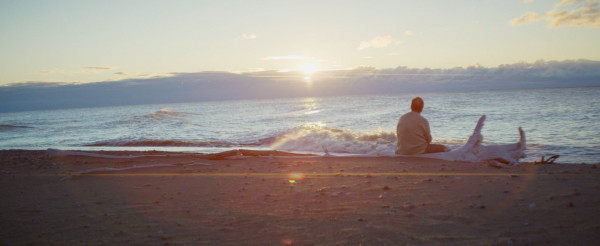MoWC to Screen French Language Films for R.I. International Film Festival

LUNAR ORBIT RENDEZVOUS
WOONSOCKET, R.I. – The Museum of Work & Culture will host a Rhode Island International Film Festival event on Thursday, August 8, 7 pm. The MoWC will screen a collection of new and dynamic films by French language filmmakers, including:

SEVEN SEAS
Les Sept Mers | Directed by Martin-Philippe Tremblay | 2018
The Color of Your Lips | Directed by Annick Blanc | 2018
Lunar-Orbit Rendezvous | Directed by Mélanie Charbonneau | 2018
Strong Woman Wanted | Directed by Marilyn Cooke | 2019
A Sister | Directed by Delphine Girard | 2019
The Adventures of…| Directed by Sophia Loffreda | 2019
Viewers can vote for their favorites and help decide which films advance to the next round of judging. General admission is $10, or $15 for a ticket plus a drink and popcorn. Tickets are available at
or on site before the screenings.
About the Museum of Work & Culture
The interactive and educational Museum of Work & Culture shares the stories of the men, women, and children who came to find a better life in Rhode Island’s mill towns in the late 19th- and 20th centuries. It recently received a Rhode Island Monthly Best of Rhode Island Award for its SensAbilities Saturdays all-ability program.
About the Rhode Island Historical Society
Founded in 1822, the RIHS, a Smithsonian Affiliate, is the fourth-oldest historical society in the United States and is Rhode Island’s largest and oldest historical organization. In Providence, the RIHS owns and operates the John Brown House Museum, a designated National Historic Landmark, built in 1788; the Aldrich House, built in 1822 and used for administration and public programs; and the Mary Elizabeth Robinson Research Center, where archival, book and image collections are housed. In Woonsocket, the RIHS manages the Museum of Work and Culture, a community museum examining the industrial history of northern Rhode Island and of the workers and settlers, especially French-Canadians, who made it one of the state’s most distinctive areas.
